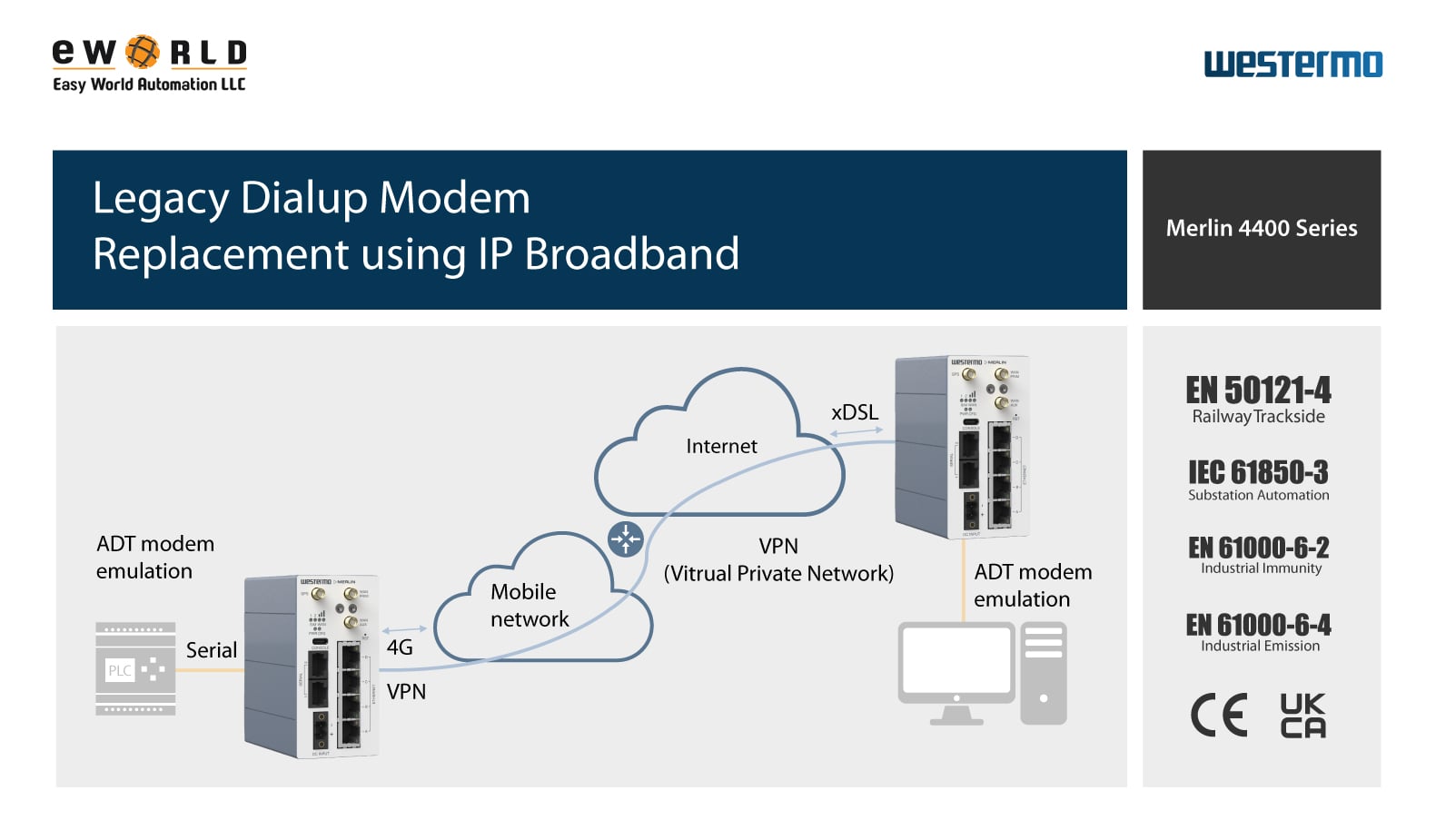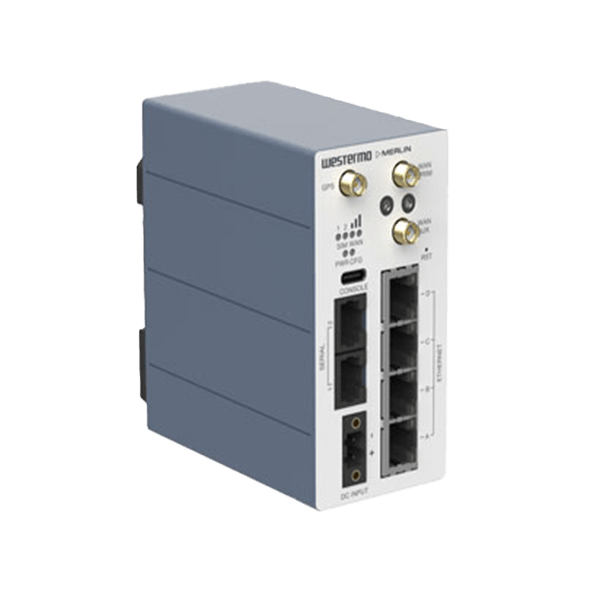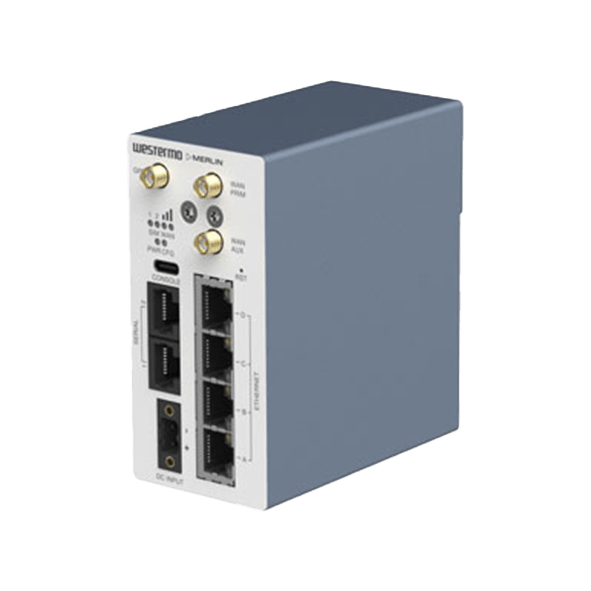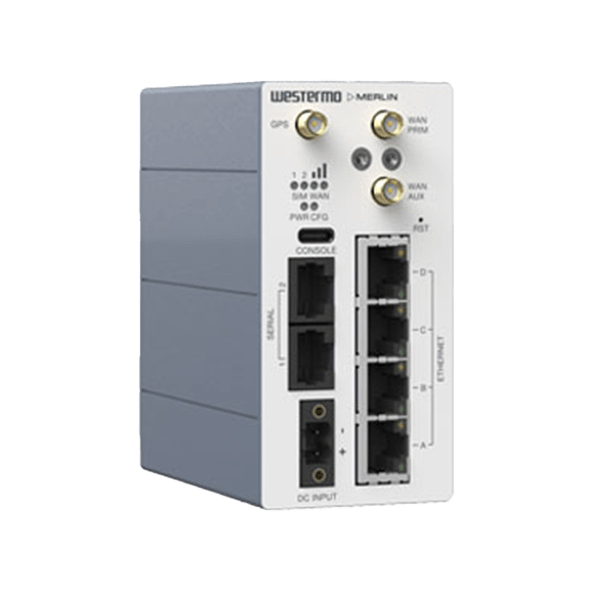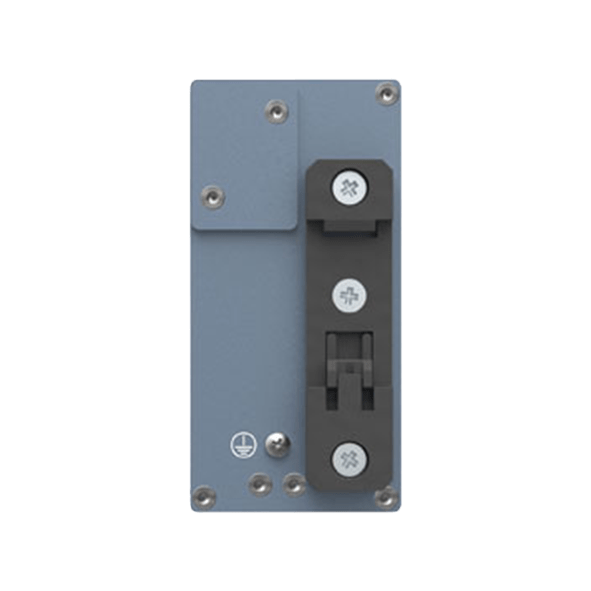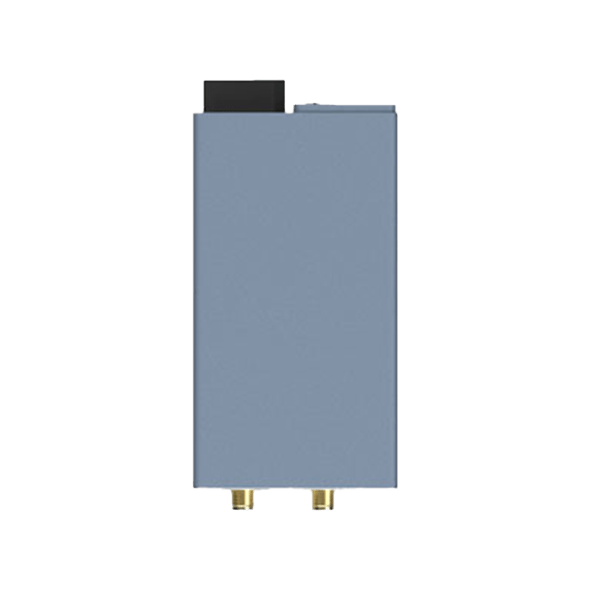In the realm of wide geographical communication, dial-up modems have long served as a staple. Modems, ranging from GSM and Analog to ISDN, established connections by dialing remote destinations via ATD (Attention Dial) commands. These connections facilitated data exchange between devices interfacing with RS-232 or RS-485 ports on RTUs, PLCs, or SCADA systems.
However, as time marched on, technology evolved, and the support for legacy dial-up services waned. ISDN dial-up services have gradually phased out, while dial-up over GSM faces impending extinction. The once-reliable infrastructure for dial-up lines now struggles to sustain modem connections. In this landscape, the torch has been passed to IP-based broadband, predominantly over 4G (LTE) and, in the near future, 5G.
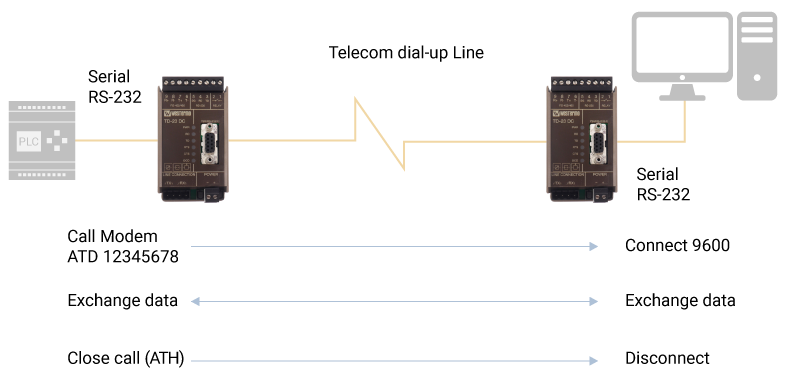
Enter Westermo, offering a solution that gracefully migrates legacy dial-up applications to the world of broadband alternatives.
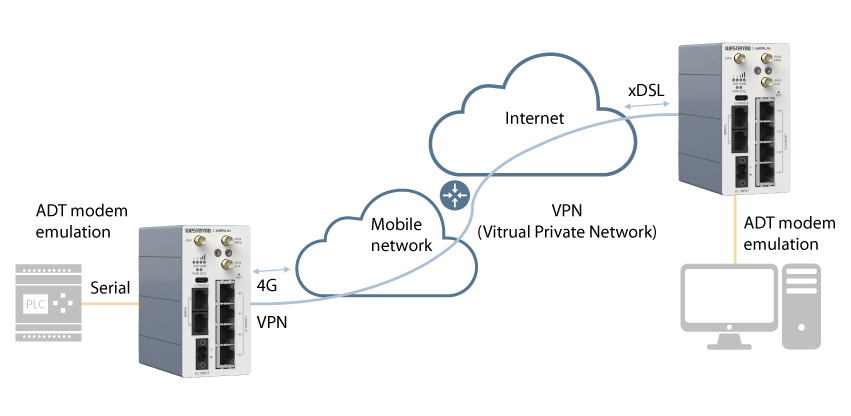
The transition is seamless, encompassing several key benefits:
- Remote devices necessitate no code, configuration, or hardware changes.
- ATD modem emulations facilitate quicker connections, reducing scan times.
- Encrypted VPN (IEC 62443 Data Conduit) safeguards conversations between sites.
- Futureproofing remote locations, poised for eventual complete IP connectivity upgrade.
Westermo's broadband routers sport serial ports emulating legacy ATD commands for call setup and disconnect. Remarkably, the connected device remains oblivious to the shift from traditional media to broadband routers. AT setup strings are interpreted, configuring the interface to mimic a modem's response. The command ATD1234567 to dial a number triggers an IP address lookup and a TCP socket to the destination IP. At the receiving end, the router emulates a modem receiving a call. Once connected in milliseconds, data flows between serial ports on local and remote routers. Serial datagrams traverse these ports, yet the legacy device requires no reconfiguration, oblivious to the medium's change.
Commonly, routers on both ends utilize a VPN (Virtual Private Network) for linkage. Like a pseudo-leased line, a VPN encrypts data irrespective of traversing the public Internet or a private network. Essentially, Westermo ensures that evolution doesn't necessitate disruption – upgrading from legacy dial-up to IP broadband becomes a smooth, secure, and forward-looking endeavor.
Featured Product
Merlin-4407-T4-S2-LV-PFJ (3460-44200)
Merlin-4407-T4-S2-LV-QFZ (3460-44100)
The robust and compact Merlin 4400 cellular router is the ideal fit for utility and industrial applications. It features zero-touch large-scale deployment and comprehensive cybersecurity capabilities, such as secure boot and TPM (Trusted Platform Module).

